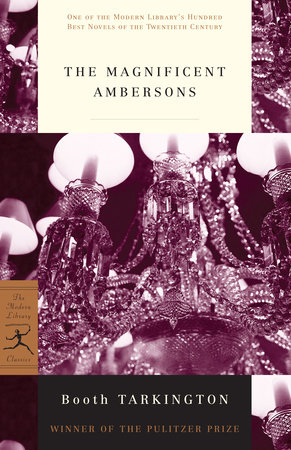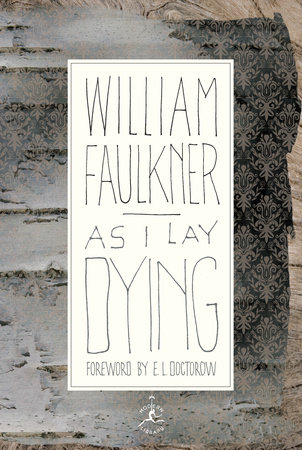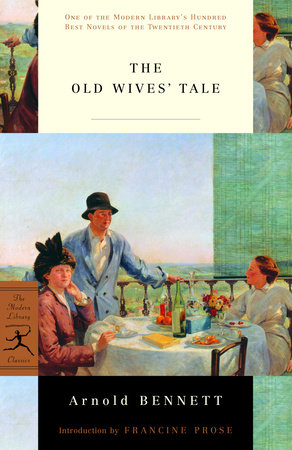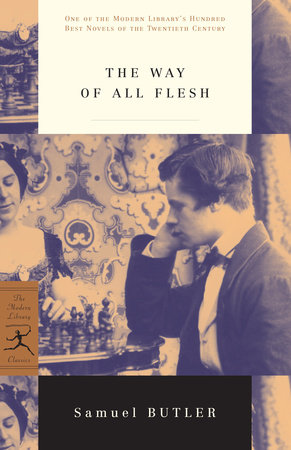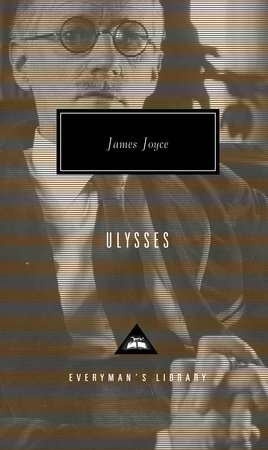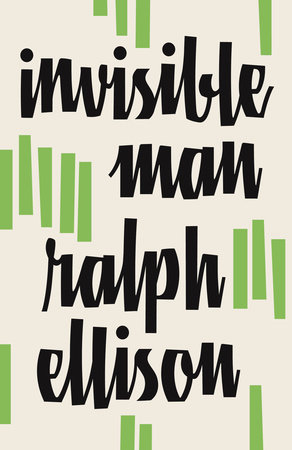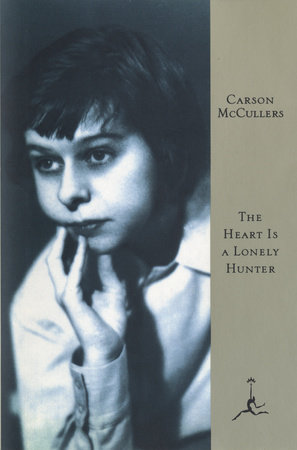Excerpt
The Magnificent Ambersons
Major Amberson had 'made a fortune' in 1873, when other people were losing fortunes, and the magnificence of the Ambersons began then. Magnificence, like the size of a fortune, is always comparative, as even Magnificent Lorenzo may now perceive, if he has happened to haunt New York in 1916; and the Ambersons were magnificent in their day and place. Their splendour lasted throughout all the years that saw their Midland town spread and darken into a city, but reached its topmost during the period when every prosperous family with children kept a Newfoundland dog.
In that town, in those days, all the women who wore silk or velvet knew all the other women who wore silk or velvet, and when there was a new purchase of sealskin, sick people were got to windows to see it go by. Trotters were out, in the winter afternoons, racing light sleighs on National Avenue and Tennessee Street; everybody recognized both the trotters and the drivers; and again knew them as well on summer evenings, when slim buggies whizzed by in renewals of the snow-time rivalry. For that matter, everybody knew everybody else's family horse-and-carriage, could identify such a silhouette half a mile down the street, and thereby was sure who was going to market, or to a reception, or coming home from office or store to noon dinner or evening supper.
During the earlier years of this period, elegance of personal appearance was believed to rest more upon the texture of garments than upon their shaping. A silk dress needed no remodelling when it was a year or so old; it remained distinguished by merely remaining silk. Old men and governors wore broadcloth; 'full dress' was broadcloth with 'doe-skin' trousers; and there were seen men of all ages to whom a hat meant only that rigid, tall silk thing known to impudence as a 'stove-pipe.' In town and country these men would wear no other hat, and, without self-consciousness, they went rowing in such hats.
Shifting fashions of shape replaced aristocracy of texture: dressmakers, shoemakers, hatmakers, and tailors, increasing in cunning and in power, found means to make new clothes old. The long contagion of the 'Derby' hat arrived: one season the crown of this hat would be a bucket; the next it would be a spoon. Every house still kept its bootjack, but high-topped boots gave way to shoes and 'congress gaiters'; and these were played through fashions that shaped them now with toes like box-ends and now with toes like the prows of racing shells.
Trousers with a crease were considered plebeian; the crease proved that the garment had lain upon a shelf, and hence was 'ready-made'; these betraying trousers were called 'hand-me-downs,' in allusion to the shelf. In the early 'eighties, while bangs and bustles were having their way with women, that variation of dandy known as the 'dude' was invented: he wore trousers as tight as stockings, dagger-pointed shoes, a spoon 'Derby,' a single-breasted coat called a 'Chesterfield,' with short flaring skirts, a torturing cylindrical collar, laundered to a polish and three inches high, while his other neckgear might be a heavy, puffed cravat or a tiny bow fit for a doll's braids. With evening dress he wore a tan overcoat so short that his black coat-tails hung visible, five inches below the overcoat; but after a season or two he lengthened his overcoat till it touched his heels, and he passed out of his tight trousers into trousers like great bags. Then, presently, he was seen no more, though the word that had been coined for him remained in the vocabularies of the impertinent.
It was a hairier day than this. Beards were to the wearers' fancy, and things as strange as the Kaiserliche boar-tusk moustache were commonplace. 'Side-burns' found nourishment upon childlike profiles; great Dundreary whiskers blew like tippets over young shoulders; moustaches were trained as lambrequins over forgotten mouths; and it was possible for a Senator of the United States to wear a mist of white whisker upon his throat only, not a newspaper in the land finding the ornament distinguished enough to warrant a lampoon. Surely no more is needed to prove that so short a time ago we were living in another age!
. . . At the beginning of the Ambersons' great period most of the houses of the Midland town were of a pleasant architecture. They lacked style, but also lacked pretentiousness, and whatever does not pretend at all has style enough. They stood in commodious yards, well shaded by left-over forest trees, elm and walnut and beech, with here and there a line of tall sycamores where the land had been made by filling bayous from the creek. The house of a 'prominent resident,' facing Military Square, or National Avenue, or Tennessee Street, was built of brick upon a stone foundation, or of wood upon a brick foundation. Usually it had a 'front porch' and a 'back porch'; often a 'side porch,' too. There was a 'front hall'; there was a 'side hall'; and sometimes a 'back hall.' From the 'front hall' opened three rooms, the 'parlour,' the 'sitting room,' and the 'library'; and the library could show warrant to its title--for some reason these people bought books. Commonly, the family sat more in the library than in the 'sitting room,' while callers, when they came formally, were kept to the 'parlour,' a place of formidable polish and discomfort. The upholstery of the library furniture was a little shabby; but the hostile chairs and sofa of the 'parlour' always looked new. For all the wear and tear they got they should have lasted a thousand years.
Upstairs were the bedrooms; 'mother-and-father's room' the largest; a smaller room for one or two sons, another for one or two daughters; each of these rooms containing a double bed, a 'washstand,' a 'bureau,' a wardrobe, a little table, a rocking-chair, and often a chair or two that had been slightly damaged downstairs, but not enough to justify either the expense of repair or decisive abandonment in the attic. And there was always a 'spare-room,' for visitors (where the sewing-machine usually was kept), and during the 'seventies there developed an appreciation of the necessity for a bathroom. Therefore the architects placed bathrooms in the new houses, and the older houses tore out a cupboard or two, set up a boiler beside the kitchen stove, and sought a new godliness, each with its own bathroom. The great American plumber joke, that many-branched evergreen, was planted at this time.
At the rear of the house, upstairs, was a bleak little chamber, called 'the girl's room,' and in the stable there was another bedroom, adjoining the hayloft, and called 'the hired man's room.' House and stable cost seven or eight thousand dollars to build, and people with that much money to invest in such comforts were classified as the Rich. They paid the inhabitant of 'the girl's room' two dollars a week, and, in the latter part of this period, two dollars and a half, and finally three dollars a week. She was Irish, ordinarily, or German, or it might be Scandinavian, but never native to the land unless she happened to be a person of colour. The man or youth who lived in the stable had like wages, and sometimes he, too, was lately a steerage voyager, but much oftener he was coloured.
After sunrise, on pleasant mornings, the alleys behind the stables were gay; laughter and shouting went up and down their dusty lengths, with a lively accompaniment of curry-combs knocking against back fences and stable walls, for the darkies loved to curry their horses in the alley. Darkies always prefer to gossip in shouts instead of whispers; and they feel that profanity, unless it be vociferous, is almost worthless. Horrible phrases were caught by early rising children and carried to older people for definition, sometimes at inopportune moments; while less investigative children would often merely repeat the phrases in some subsequent flurry of agitation, and yet bring about consequences so emphatic as to be recalled with ease in middle life.
. . . They have passed, those darky hired-men of the Midland town; and the introspective horses they curried and brushed and whacked and amiably cursed--hose good old horses switch their tails at flies no more. For all their seeming permanence they might as well have been buffaloes--or the buffalo laprobes that grew bald in patches and used to slide from the careless drivers' knees and hang unconcerned, half way to the ground. The stables have been transformed into other likenesses, or swept away, like the woodsheds where were kept the stovewood and kindling that the 'girl' and the 'hired-man' always quarrelled over: who should fetch it. Horse and stable and woodshed, and the whole tribe of the 'hired-man,' all are gone. They went quickly, yet so silently that we whom they served have not yet really noticed that they are vanished.
So with other vanishings. There were the little bunty street-cars on the long, single track that went its troubled way among the cobblestones. At the rear door of the car there was no platform, but a step where passengers clung in wet clumps when the weather was bad and the car crowded. The patrons--if not too absent-minded--put their fares into a slot; and no conductor paced the heaving floor, but the driver would rap remindingly with his elbow upon the glass of the door to his little open platform if the nickels and the passengers did not appear to coincide in number. A lone mule drew the car, and sometimes drew it off the track, when the passengers would get out and push it on again. They really owed it courtesies like this, for the car was genially accommodating: a lady could whistle to it from an upstairs window, and the car would halt at once and wait for her while she shut the window, put on her hat and cloak, went downstairs, found an umbrella, told the 'girl' what to have for dinner, and came forth from the house.
The previous passengers made little objection to such gallantry on the part of the car: they were wont to expect as much for themselves on like occasion. In good weather the mule pulled the car a mile in a little less than twenty minutes, unless the stops were too long; but when the trolley-car came, doing its mile in five minutes and better, it would wait for nobody. Nor could its passengers have endured such a thing, because the faster they were carried the less time they had to spare! In the days before deathly contrivances hustled them through their lives, and when they had no telephones--another ancient vacancy profoundly responsible for leisure--they had time for everything: time to think, to talk, time to read, time to wait for a lady!


